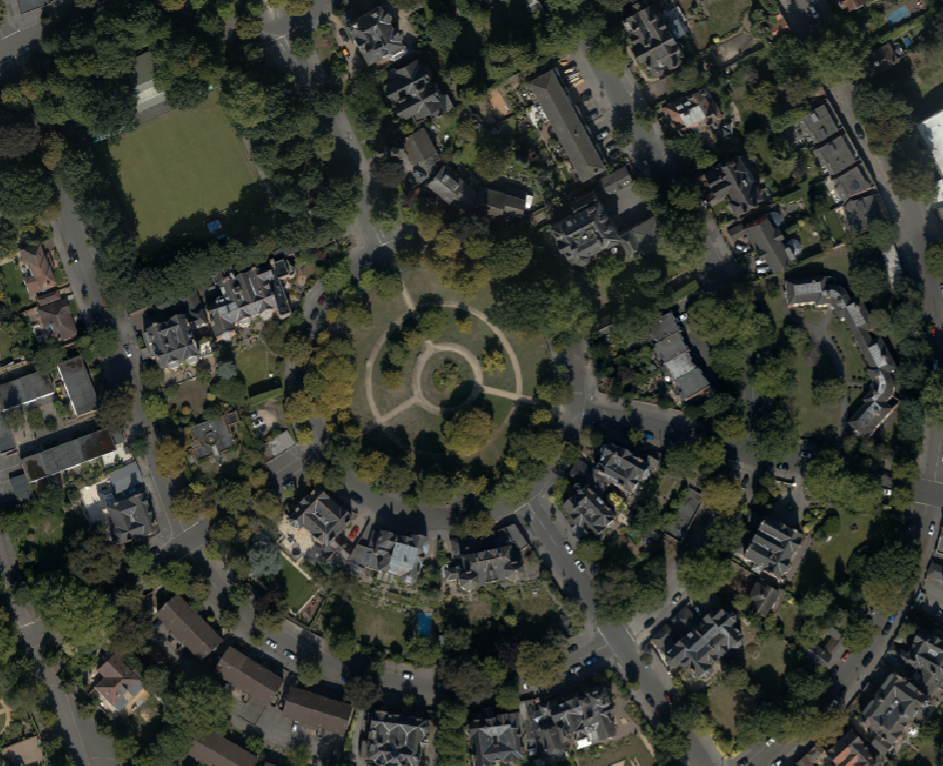ODCGIS are licensed partners with Ordnance Survey allowing us to supply you with just the mapping you need by ‘cookie cutting’ around your properties thus keeping your cost to a minimum. We also supply Land Registry polygons and have access to a wide range of ‘Open Data’ sets allowing you to analyse your properties against ‘real world’ data.
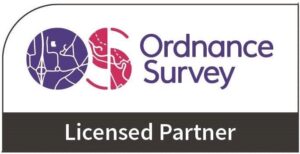
As the National Mapping Agency, Ordnance Survey supply a number of data sets. However, in a change of policy they are ‘Migrating all direct customers to their Partner Network’ of which ODCGIS is a proud member. Ordnance Surveys flagship dataset is MasterMap Topography which at a nominal scale of 1:1,250 shows each building footprint as well as property boundaries.
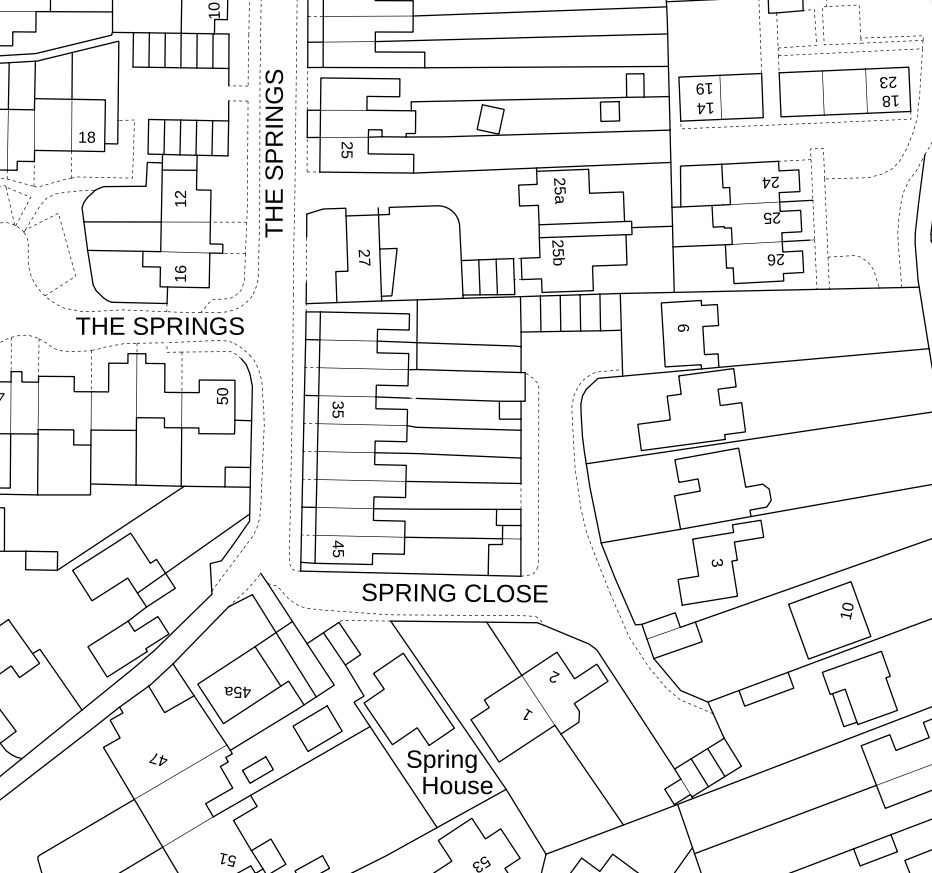

Addressbase products from the Ordnance Survey provide the most comprehensive and up-to-date address data for Great Britain. They offer precise location information including unique property reference numbers (UPRN), enabling accurate address matching, spatial analysis, efficient data management and an enabler for integration between systems.
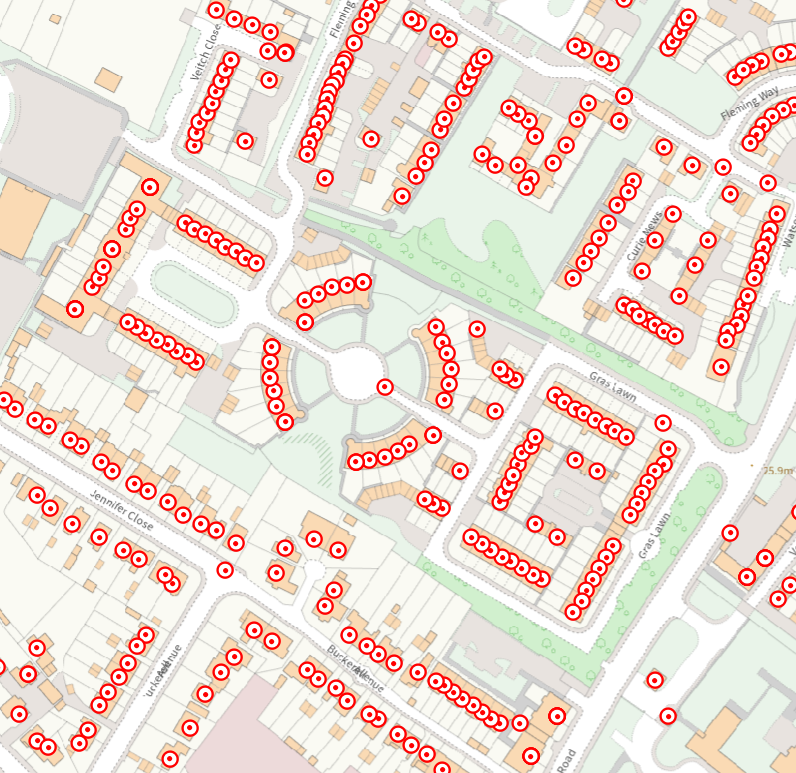
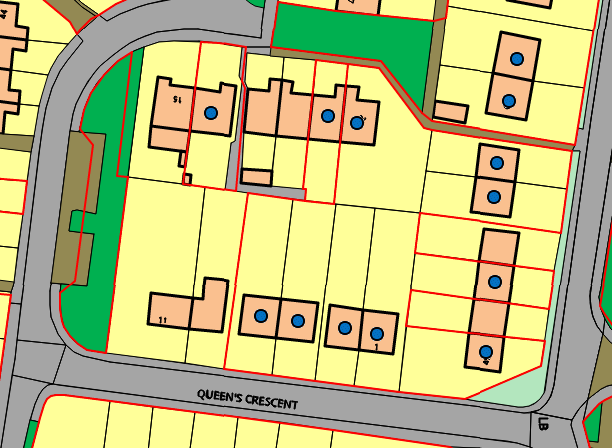
These are extremely important as they identify clearly what land you own and therefore have responsibility for in the eyes of the law. Data is licensed on an annual basis.
When purchasing Land Registry boundaries it is also possible to supply all adjoining Land Registry polygons to help identify neighbouring housing associations and organisations. 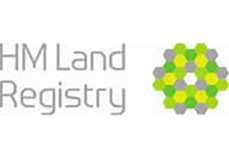
Generally, Open Data refers to Government data sets-either from Local or Central Government or from bodies such as the Office of National Statistics, Health Boards etc. The data comes in many formats and is updated within varying time frames determined by the provider.
ODCGIS provide over 100 different datasets which compliment existing business data, examples include Flooding Area, Radon, Census boundaries, Indices of Multiple Deprivation, Conservation Areas, Greenbelt and Local Authority Boundaries.

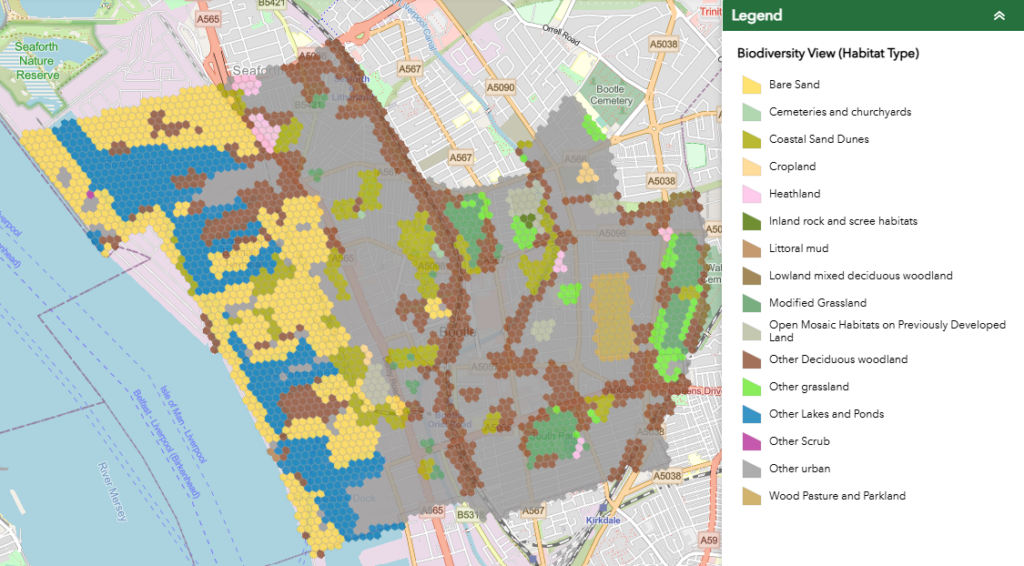
As the pressure mounts from legal and corporate bases to initiate methods of preserving and improving biodiversity, a tool is required to screen and inform decision-makers for protection and restoration.
BiodiversityView delivers a GIS data layer mapping over 40 habitats and their condition across England, Scotland, and Wales.
Identification of habitat types and their distinctiveness, mapped with 50m hexagons.
Condition scoring from satellite derived indices and verified through seasonal ground truthing by ecologists.
A tool for early-stage planning to conform with mandatory BNG and the offsite biodiversity unit market.

Climate change is increasingly impacting the built environment due to the Urban Heat Island (UHI) effect. Identifying and mitigating at-risk areas is now a becoming a necessity.
HeatView delivers a location-based analysis of trends relating to climatic risk over the last three years (2021, 2022, 2023).
Patterns of heat stress data can be analysed on a location-by-location basis to determine the risk to housing and human health using Land Surface Temperature (LST), while also taking into account nighttime radiative warming.
A method for accessing historical data to identify patterns related to climatic heat stress, prioritise urban planning, and implement mitigation strategies.

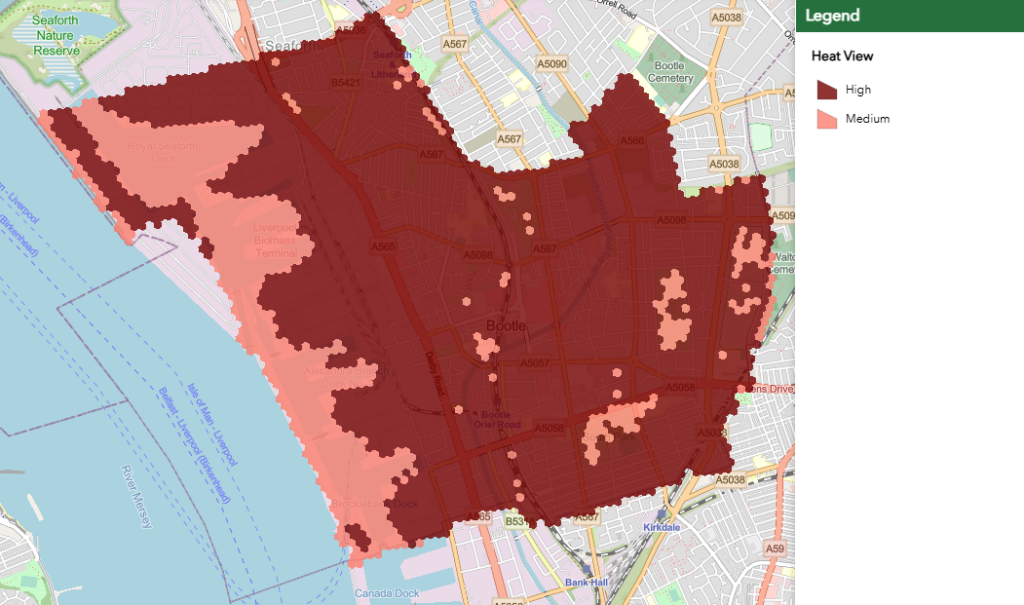
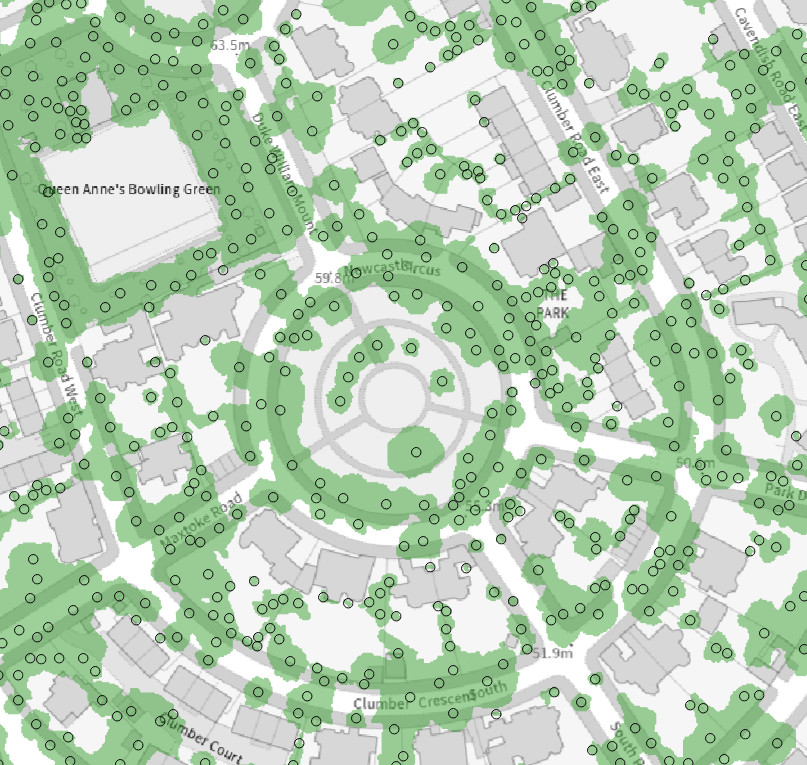
The Bluesky National Tree Map (NTM) is a unique dataset covering trees 3m+ tall across Great Britain and Ireland. Using aerial photography and other data, it maps tree height, location, and canopy size in all environments.
Regularly updated, the NTM aids environmental monitoring, carbon assessment, and targeted tree planting.
It’s crucial for achieving Biodiversity Net Gain (BNG) and is used by various sectors, including housing associations, and can be combined with hedgerow data for comprehensive vegetation analysis.

High-resolution aerial photography is crucial for numerous fields, from environmental management to planning and network analysis, and is widely used in online mapping and media.
Bluesky offers accurate, up-to-date, Ordnance Survey-accredited orthophotos covering all of Great Britain.
Using advanced technology, Bluesky specialises in acquiring and processing aerial imagery, ensuring top-quality products. The constantly updated national catalogue provides unparalleled currency.

